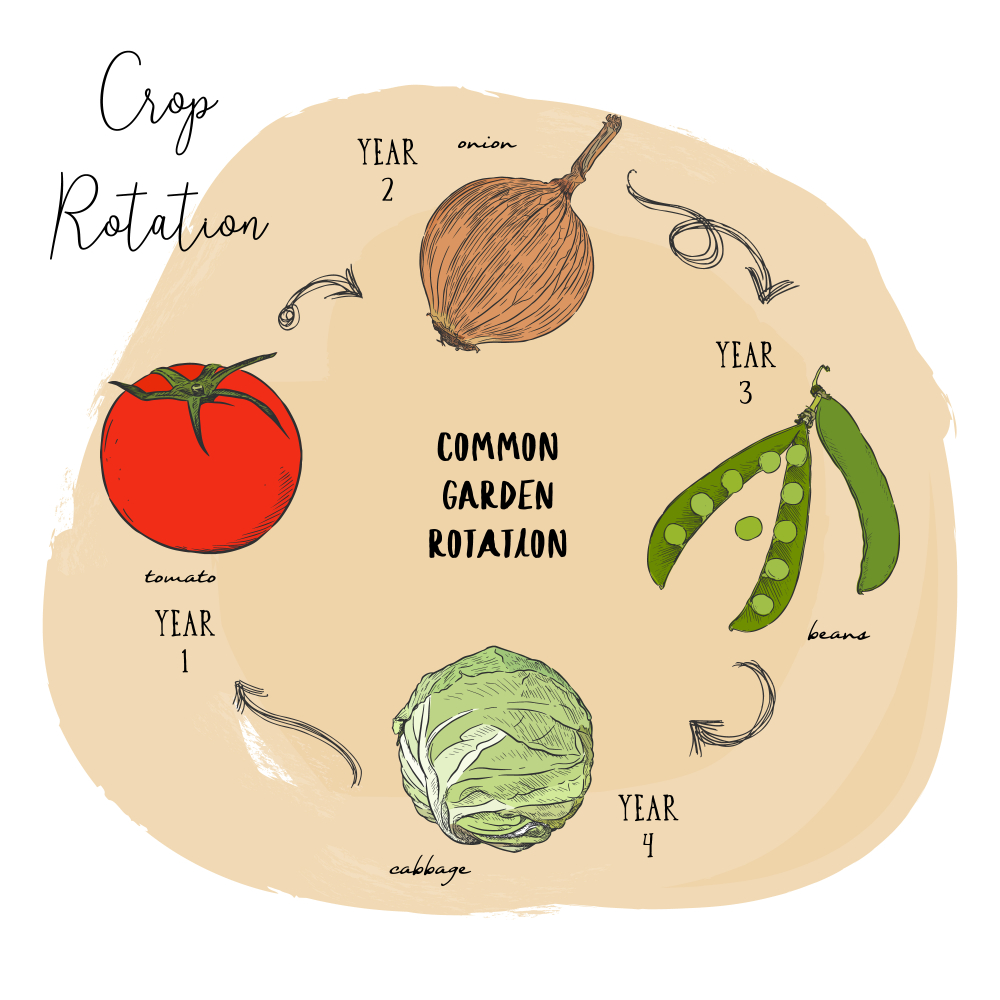

Voodoo Lily (Amorphophallus konjac) is a flowering plant native to Asia, known for its large, unusual flowers that emit a strong, unpleasant odor. It is also sometimes called the “corpse flower” or “devil’s tongue”. This plant is hardy in USDA hardiness zones 6-11 but is typically grown as a houseplant in other areas. The plant produces a single, large, umbel-like flower that lasts for several days, followed by a large, leathery leaf. The plant then goes dormant for several months before re-emerging to produce another flower and leaf.
Types of Voodoo Lily
There are several species of voodoo lilies, but the most commonly grown species is the Sauromatum venosum, also known as the Eastern Jack-in-the-pulpit.
How to Grow Voodoo Lily from Seed?
Growing Voodoo Lily from seeds can be a bit challenging due to the plant’s slow growth rate and the need for fresh seeds. Here is a basic guide to growing Voodoo Lily from seeds:
- Obtain fresh seeds: Voodoo Lily seeds lose their viability quickly, so it’s essential to get fresh seeds.
- Prepare the soil: Fill a container with well-draining soil and water it thoroughly.
- Sow the seeds: Sprinkle the seeds evenly over the soil surface, pressing them gently into the soil. Do not cover the seeds with soil.
- Keep moist: Keep the soil moist but not waterlogged. You can cover the container with a plastic bag to help maintain moisture levels.
- Place in a warm, bright location: The seeds need warmth and light to germinate, so place the container in a warm, bright location, but not in direct sunlight.
- Germination: Germination may take several weeks or even months. Once the seeds have germinated, remove the plastic bag and continue to keep the soil moist.
- Transplant: Once the seedlings are large enough, transplant them into individual containers or into the garden.
Note: Voodoo Lilies are not frost-tolerant, so it’s best to grow them as indoor plants or as annuals in areas with mild winters.
How to Propagate Voodoo Lily?
The Voodoo Lily can be propagated by the division of the clumps in the spring. Simply dig up the entire clump, separate the offsets and replant them in well-draining soil. Another method is to propagate from bulbils, which are small bulb-like structures produced on the flower spikes. These can be collected and planted in the soil. It is best to grow Voodoo Lilies in well-draining soil and in a location with partial to full shade.
How to Care for Voodoo Lily
Caring for Voodoo Lily (Amorphophallus) involves providing the plant with the right growing conditions and giving it proper care. Here are some tips to help you care for your Voodoo Lily:
- Light: Voodoo Lilies prefer bright, indirect light, but can also tolerate some shade.
- Water: Water the plant regularly, keeping the soil moist but not waterlogged. The plant should not be allowed to dry out completely.
- Soil: Voodoo Lilies prefer well-draining soil with a neutral to slightly acidic pH. A mixture of peat moss, sand, and compost is ideal.
- Fertilizer: Fertilize the plant once a month with a balanced, water-soluble fertilizer.
- Temperature: Voodoo Lilies prefer warm temperatures, between 60-85°F. They are sensitive to cold temperatures and should not be exposed to frost.
- Humidity: Voodoo Lilies prefer a moderate level of humidity. Mist the leaves regularly or place a humidity tray under the pot to increase humidity levels.
- Pests and Diseases: Voodoo Lilies are relatively pest and disease-free, but be on the lookout for mealybugs, scale insects, and spider mites. If you notice any pests, treat the plant promptly with a suitable pesticide.
By following these care tips, you can ensure that your Voodoo Lily thrives and produces its unusual and striking blooms.
How to Prune Voodoo Lily?
To prune a Voodoo Lily, simply remove any yellow or brown leaves and cut back the foliage after the blooms have faded. This helps to maintain the appearance of the plant and encourages new growth. It’s best to prune Voodoo Lily in the spring or early summer before new growth begins. Pruning also helps to control the size of the plant and prevent it from becoming too leggy. When pruning, use clean, sharp shears to make clean cuts and avoid damaging the plant.
How to Protect Voodoo Lily from Overwintering?
Voodoo lilies (Amorphophallus) are tropical plants that are not winter-hardy in temperate climates. To protect them from overwintering, you should bring the plants indoors when temperatures drop below 50°F (10°C). Alternatively, you can store the corms in a cool, dry place and replant them in the spring. To prepare the corms for storage, cut off the foliage, allow the corm to dry for a few days, and then place it in a paper or mesh bag. Store the corm in a cool, dry place, such as a basement or attic, with temperatures between 40-50°F (4-10°C) and low humidity.
FAQs Related to Voodoo Lily
Here are some frequently asked questions (FAQs) related to the Voodoo Lily plant:
- What is the ideal growing temperature for Voodoo Lilies?
The ideal temperature range for Voodoo Lilies is 60-70°F (15-21°C).
- How much sunlight does Voodoo Lily require?
Voodoo Lilies prefer partial to full shade. They can tolerate a little bit of sun but too much sun exposure will cause the leaves to scorch.
- How often should I water Voodoo Lilies?
Voodoo Lilies need to be kept evenly moist but not waterlogged. Water the plant when the top inch of soil is dry.
- Is Voodoo Lily poisonous to pets?
Voodoo Lilies are toxic to pets and can cause gastrointestinal issues if ingested.
- When should I expect the flowers to bloom?
Voodoo Lilies typically bloom in late spring or early summer, producing large, exotic flowers.
- Can I grow Voodoo Lilies indoors?
Yes, Voodoo Lilies can be grown indoors as long as they receive sufficient moisture and indirect light.














